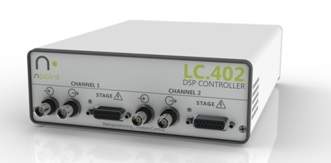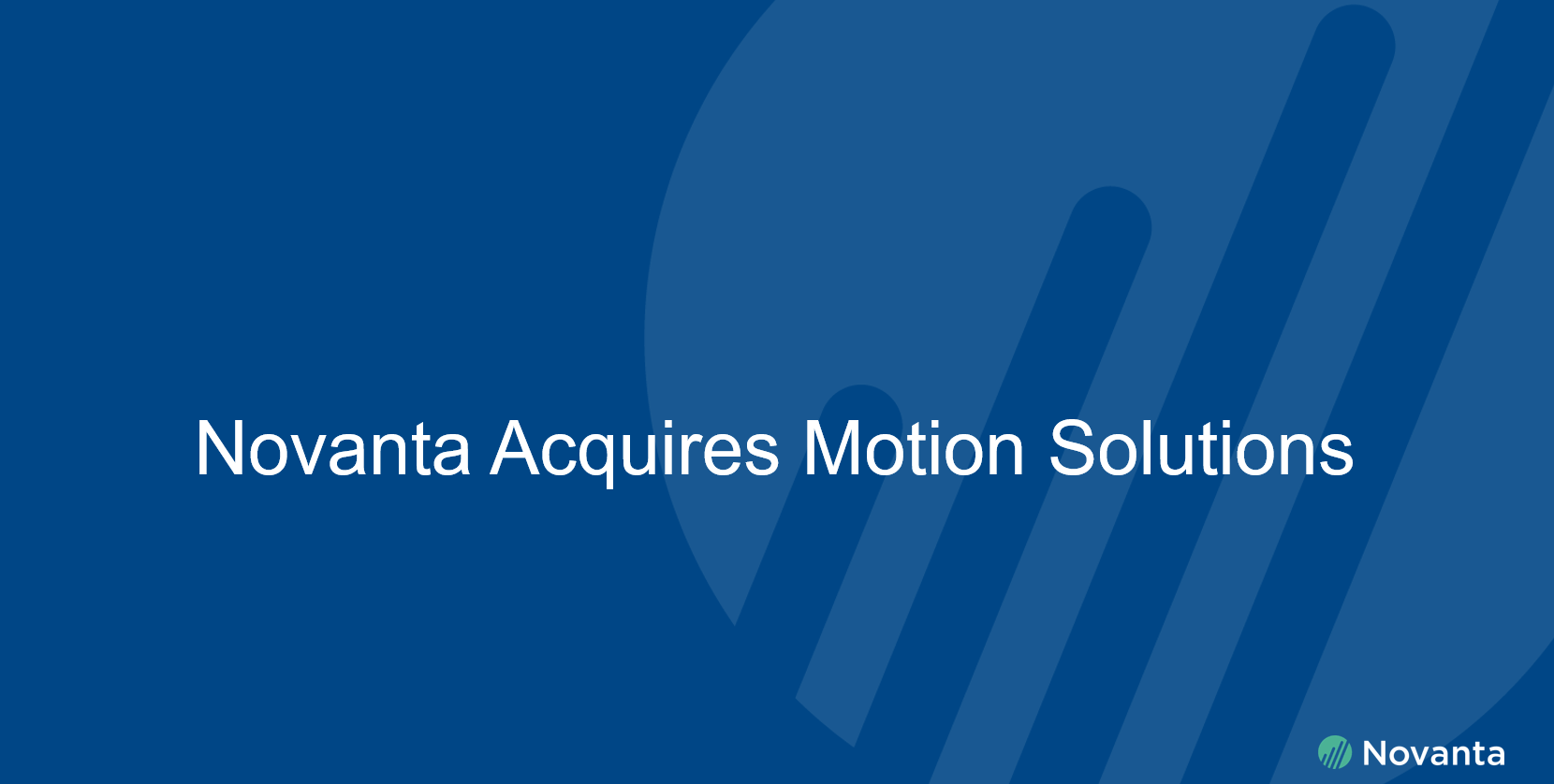There are several interfaces available for the LC.400 series, each providing a unique way to interact with the nPoint controllers. First we will cover the interfaces that come with every standard LC.400 series controller, and then we will describe the optional interfaces that can be added.
Standard Interfaces
USB Port – All nPoint controllers are equipped with a USB port. The user can access all the functionality of the nPControl GUI via the USB port.
BNC Analog Inputs and Outputs – nPoint controllers have 20 bit resolution allowing for sub-nanometer control within the analog input range. A common way to command a stage to move is by using the standard BNC analog inputs of the controller. The stages are calibrated to move linearly throughout their entire motion range with an input voltage range of -10V to 10V or 0 to 10V. The position sensor can be read via the BNC analog output. It is similarly calibrated so that -10V to 10V voltage corresponds to the entire motion range of the stage.

When the analog input is not used as a position command it can be used to record a signal of interest in the controller. The 20-bit resolution allows the user to record an analog signal synchronously with the position sensor. A total of 8 signals can be recorded at the same time.

Digital I/O – The Digital I/O is located on the controller back panel and is either a DE9 connector (LC.402 and LC.403) or a DE15 connector (LC.400). Four input and four output pins can be programmed independently using the nPControl GUI. Different triggering functionality can be assigned to 8 pins to facilitate the integration of the controller with other instruments or the customization of experiments.
Optional Interfaces
Parallel – The high speed parallel interface has been designed to interface directly to a National Instruments PCIe-6535, PCIe-6536, or PCIe6537 32-bit DIO board. It offers communication with the controller at full-loop speed. This allows the user to set the position and read sensor data for up to three channels every 24 microseconds at 20 bit resolution.
PFM – The PFM (Pulse Frequency Modulation) interface is designed to receive position commands and output position data in real-time. The position command data is received as standard pulse/direction differential signals. The position monitor data is output as standard differential quadrature signals. The PFM interface facilitates the integration of the nPoint controller with industry-standard motion controllers.
Digital Encoder – The Digital Encoder Interface (sometimes called Quadrature Interface) is intended to allow the use of optical or interferometric encoders as the sensor input to an nPoint nanopositioning system. The encoder signal is used for feedback instead of an internal sensor signal (such as capacitive or strain gauge sensor) thus maintaining the functionality of the LC.400 series controllers. Custom versions of the digital encoder interface mirror the encoder signal to a single ended output if external recording is required by the end-user.
Custom interface options are available for nPoint controllers. Please inquire with any specific questions or if interested in setting up a custom system interface project with nPoint.




